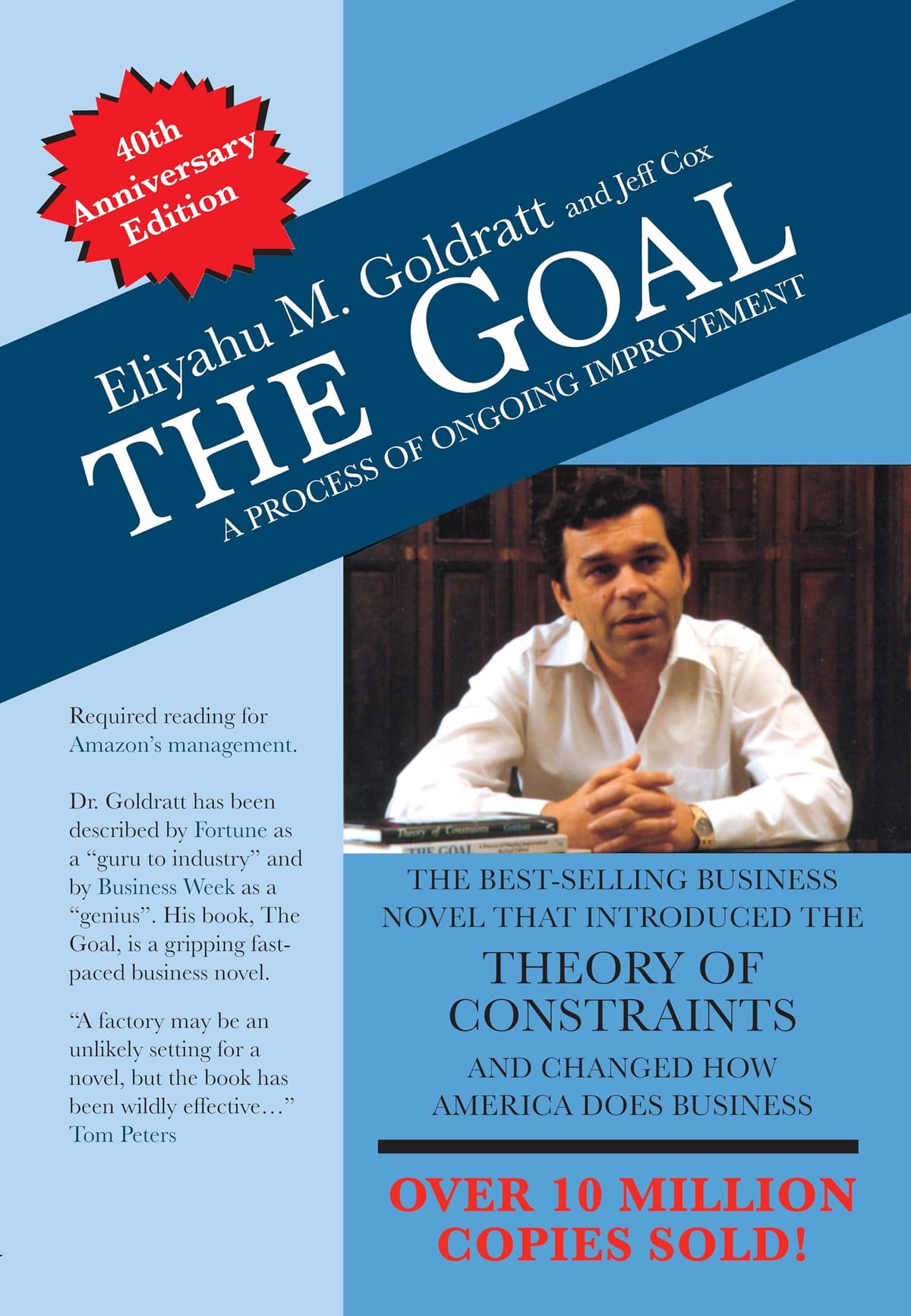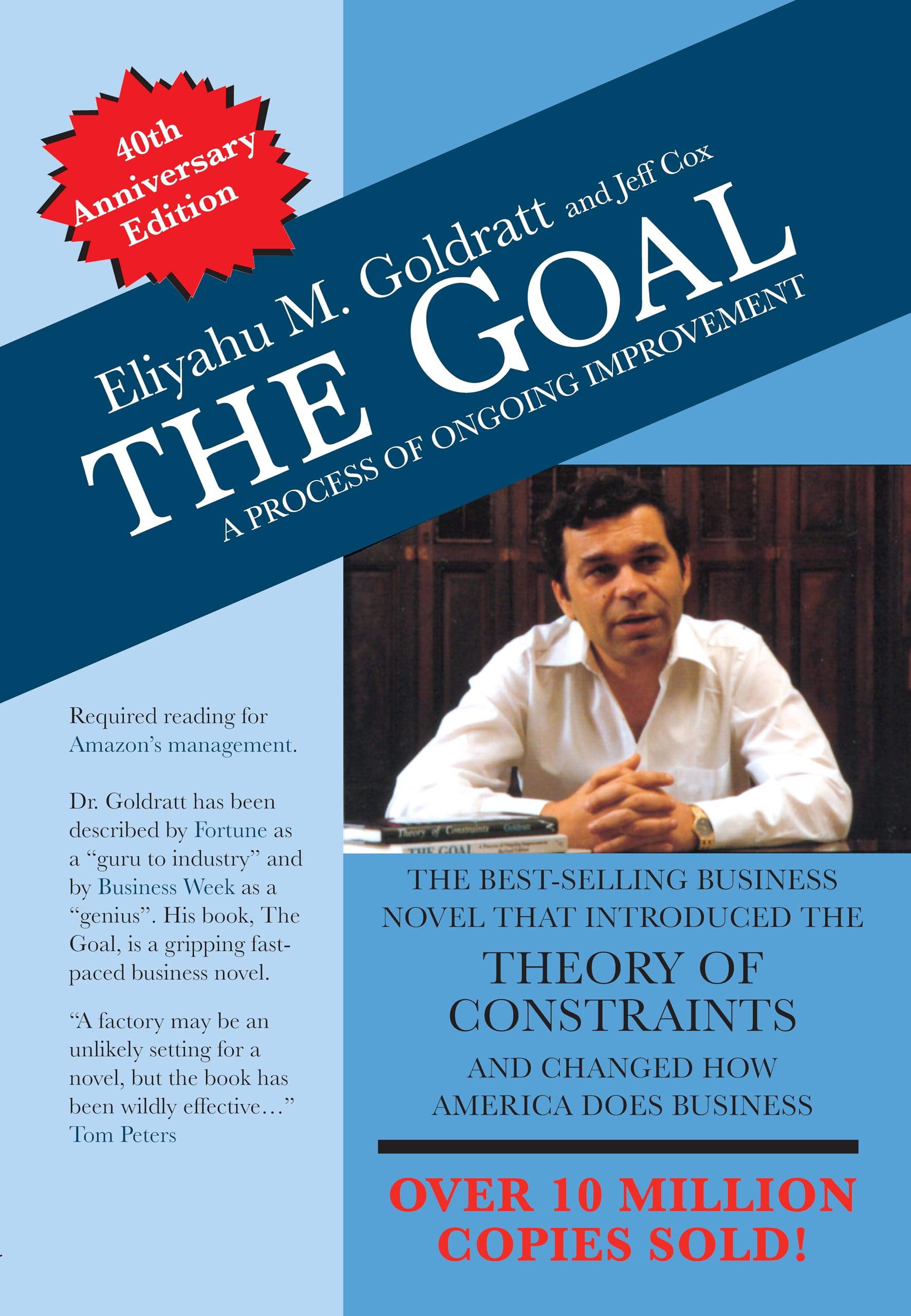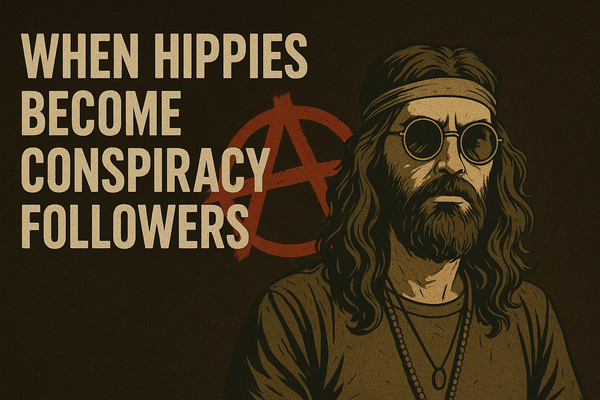The Goal: A Thought Process Outline

The Goal by Eliyahu M. Goldratt and Jeff Cox presents a thought process for improving a manufacturing organization. This outline summarizes the key steps and concepts:
1. Identify the Goal:
- The fundamental goal of any manufacturing organization is to make money.
- All other activities are simply means to achieve this goal.
2. Develop Relevant Measurements:
- Traditional measurements like net profit, ROI, and cash flow are important for overall financial health, but they are not effective for managing daily operations.
- Introduce new measurements that directly relate to the goal of making money and are applicable at the operational level:
- Throughput: The rate at which the system generates money through sales.
- Inventory: All the money that the system has invested in purchasing things which it intends to sell.
- Operational Expense: All the money the system spends in order to turn inventory into throughput.
3. Identify the Constraint:
- Every system has a constraint (bottleneck) that limits its ability to achieve the goal.
- The constraint can be physical (a machine, a process) or policy-based (a rule, a measurement).
- Identifying the constraint is the first step in improving the system.
4. Exploit the Constraint:
- Once the constraint is identified, focus on making the most of it.
- This means ensuring that the constraint is never idle and is always working on the most important tasks.
- Subordinate all other processes to the needs of the constraint.
5. Elevate the Constraint:
- If the constraint is still limiting the system's performance, invest in improving its capacity.
- This might involve purchasing new equipment, adding staff, or changing policies.
6. Repeat the Process:
- Once a constraint is elevated, another constraint will emerge.
- The process of identifying, exploiting, and elevating constraints is an ongoing cycle of improvement.
7. Challenge Assumptions and Common Practices:
- Many ingrained practices and assumptions can hinder improvement.
- Question the validity of existing policies and procedures.
- Be open to new ways of thinking and operating.
8. Think in Terms of Cause and Effect:
- Analyze problems by tracing their root causes.
- Use a logical "If...Then" approach to understand the connections between actions and results.
9. Develop Thinking Processes:
- The Goal emphasizes the importance of developing effective thinking processes for managing complex systems.
- These processes should enable managers to identify core problems, find solutions, and implement changes.
10. Embrace Continuous Improvement:
- The Goal advocates for a culture of continuous improvement.
- This means constantly seeking ways to enhance throughput, reduce inventory, and decrease operational expenses.
- Everyone in the organization should be engaged in the improvement process.
Listen to the Podcast






